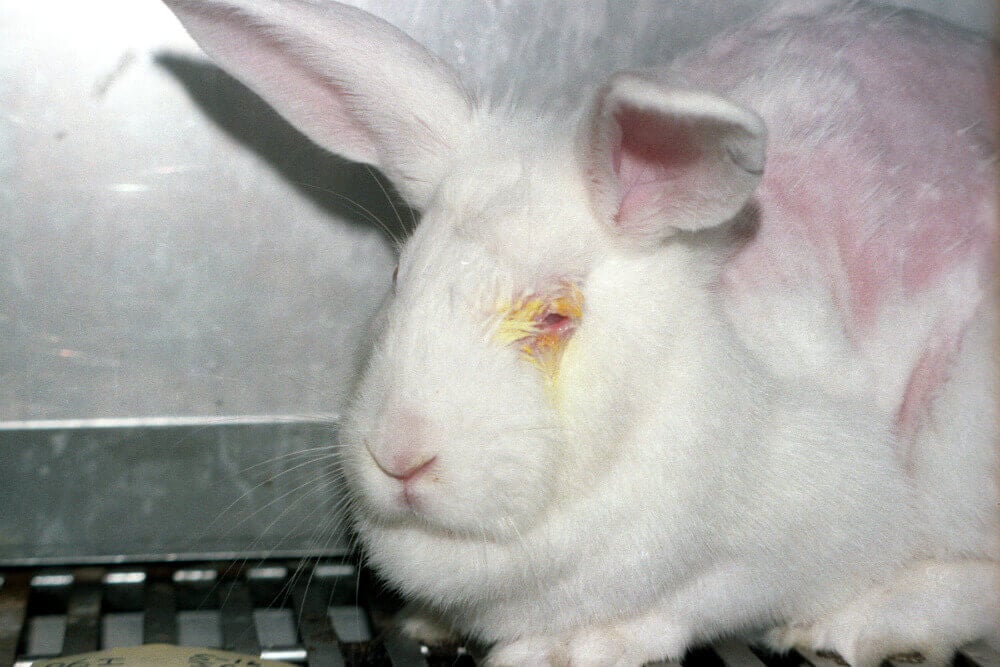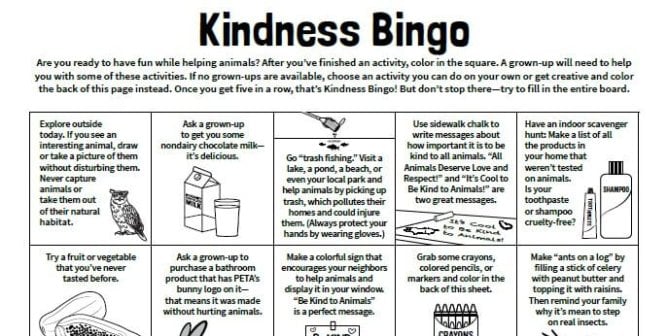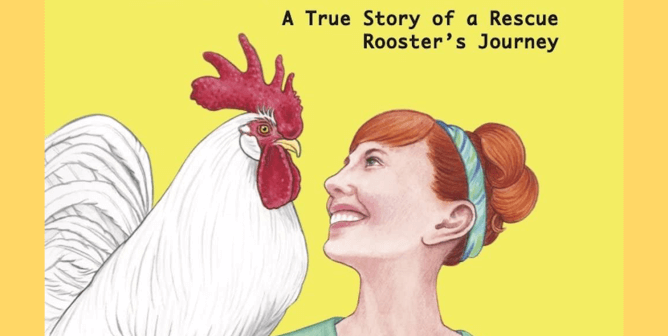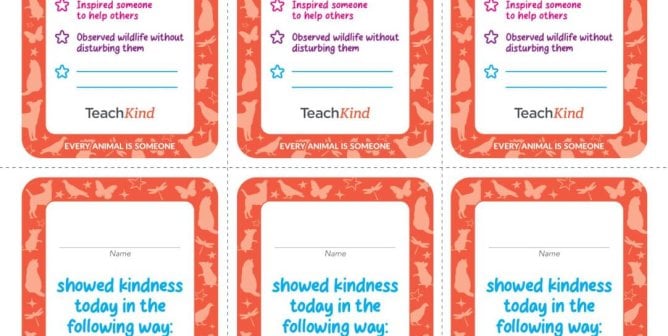Making Kind Choices: Animal Testing
This lesson plan is designed to help teachers present animal rights issues to their students. If you’re an educator, please feel free to adapt this material to fit your needs, and contact us if you need help incorporating this activity into your curriculum.
Suggested grade levels: 6th–12th grades
Objectives: To be able to identify cruelty-free household and personal-care products and the cruelty-free label and to understand the ethical issues and arguments that surround animal experimentation.
On the day before you plan to teach this lesson, give your students a homework assignment asking them to write down the name and brand of five different cosmetics or household products (anything from dish soap to toothpaste to shampoo to lip balm will do) that they have in their house. They should have their list handy for this lesson plan.
The point of this lesson is to show your students that they have choices and that every time they buy a product, they’re sending a message to that company: “I support this product” or “I support this company’s practices.” We’re voting with our dollars, and that’s why it’s important to be an informed consumer. The simple act of buying something such as soap, nail polish, or shaving cream could actually be supporting something very ugly: animal testing.
Let students know that hundreds of thousands of animals are poisoned, blinded, and killed every year in product tests for cosmetics, personal-care products, household cleaning products, and more. These cruel tests include forcing substances into animals’ stomachs and dripping chemicals into rabbits’ eyes. Worse yet, these tests aren’t required by law, and they often produce inaccurate or misleading results—and even if a product has blinded an animal during testing, it can still be marketed to the public.
Show this video about animal testing (note that it includes some graphic images that may not be suitable for younger viewers, so please review the material and use it at your own discretion):
The next portion of the lesson can either be assigned as a research hour (if Internet access is available for the class at school) or as a homework assignment. Referring to the list of products they made the night before, ask that each student research the company—and, if applicable, the parent company—of each of the products on his or her list to find out if the brand is certified cruelty-free. A great resource for this is PETA’s searchable database of cruelty-free companies. For those products that are cruelty-free, ask students to explain how the companies let consumers know on the packaging, thereby giving them the opportunity not to support animal testing. For products that aren’t cruelty-free, ask that students conduct research to find an alternative product that is cruelty-free and comparable in price and quality.
After this lesson, students will know that they have the choice either to support or not to support animal testing—and they’ll know how easy it is to choose cruelty-free products in the future!





